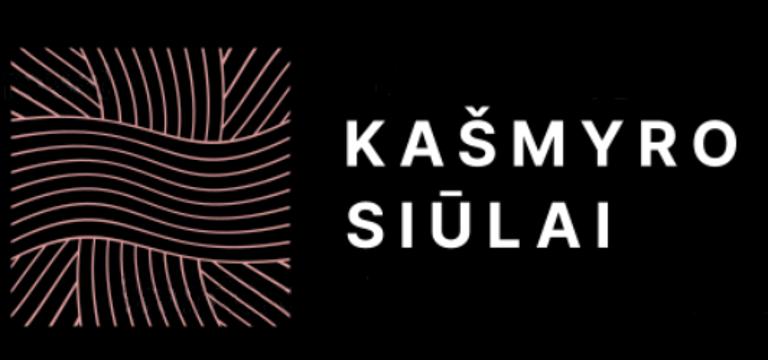
If you plan to use multiple threads of different lengths for your knitting and want to know the length of the new thread, we recommend using our unique thread length calculator. This tool will allow you to quickly, accurately, and reliably determine the length of the new thread per 100 grams and will provide even greater creative freedom!
His Majesty – CASHMERE. Why Majesty? Why expensive? Cashmere yarn for knitting
During the Roman Empire, cashmere garments could only be worn by nobles. From the 18th century, this wool became popular among European royal families and aristocrats. Cashmere wool is obtained from the underlayer of the cashmere goat's coat. Yes, that's right, a goat, not a sheep. Cashmere wool is collected by hand combing the coat, and only once a year when the goats shed their winter coat and prepare for summer. One goat provides 150-200 grams of wool. For comparison, a sheep yields about 3 kilograms of wool per year. Cashmere goats require specific climatic conditions to breed. Currently, cashmere goats are bred in about twelve countries, with the highest quality cashmere coming from the central region of Mongolia. Cashmere constitutes only about 0.5% of the world's wool. Cashmere fibers are processed by combing or carding. Combed cashmere yarn is made from long fibers, about 4 cm, forming a strip that is combed to remove shorter fibers. Combed cashmere yarns are extremely fine and soft. Understandably, the yield of combed cashmere differs significantly from that of carded yarns. Combed cashmere is often machine knitted but can also be hand knitted using several strands. Carding uses shorter fibers that are crossed in all directions, forming a strip, then spun. Cashmere wool is very soft, and its processing at all production stages is labor-intensive, requiring a lot of attention, expertise, and long-term experience with cashmere. This is why, although China produces the most raw cashmere, Italy and Scotland are the leaders in producing yarn as the final product. Cashmere is superior to sheep's wool in all technical parameters: up to eight times warmer, lighter, softer, and it doesn’t "scratch." All the effort required for cashmere would be in vain if we did not desire to wear cashmere products. Despite the price, the popularity of cashmere is continually growing. Many knitters choose cashmere simply for its exceptional softness. Cashmere knitwear is naturally stretchy, drapes well, and fits the body naturally. Cashmere does not contain lanolin, so this wool does not cause allergies. Want more details? The walls of cashmere fibers repel water, while the core absorbs it, so cashmere products absorb moisture well. Cashmere products do not stretch out or fade. If properly cared for, they retain their original shape and appearance even after many years of wear. Cashmere does not require special care, but it is recommended to wash by hand and dry in a horizontal position. Cashmere fans claim that with proper care, the lifespan of cashmere products is practically unlimited
What is EKOCASHMERE? Why is it worth using for your knitting projects? What kind of knitting yarn is it?
Try these knitting yarns made of cashmere, and you will forget all other wool forever!
Eco-cashmere is produced by recycling cashmere fabrics and fibers. Unworn cashmere garments are collected, manually selected for the best quality, sorted by fiber quality and color, and processed using special techniques. These are pure cashmere yarns made only from high-quality regenerated cashmere. Eco-cashmere retains all the characteristics typical of cashmere yarns. This type of recycling has undeniable advantages. The most important is that it conserves the environment by reducing the amount of waste produced. Additionally, the cost of the yarn significantly decreases due to lower production costs. For us knitters, it is a great opportunity and choice not only to support the idea of sustainability and ecology but also to try cheaper eco-cashmere yarns for our first cashmere knitting projects.
Knitting yarn with CASHMERE. top-quality yarn for knitting
Probably you noticed that cashmere wool is often added to other types of wool. The aim is to reduce costs and improve the properties of the yarn. If we add 5-10 percent cashmere to, for example, merino wool, the presence of cashmere in the knit will be almost imperceptible. Moreover, the price won't significantly increase. One of the most optimal cashmere-merino ratios is 30 percent cashmere and 70 percent merino. We offer a multicolored palette of these yarns. There is a wide range of colors to choose from, the yarn is thin, suitable for blending, and can be complemented with even thinner pure cashmere yarn. You can create unique multicolored or gradient knits. However, if you plan to knit the entire piece with yarn of one color, it's better to choose the yarn provided by the manufacturer.

